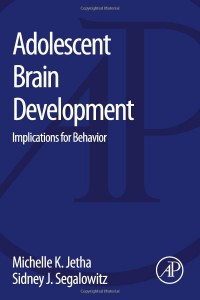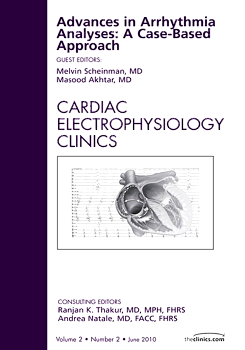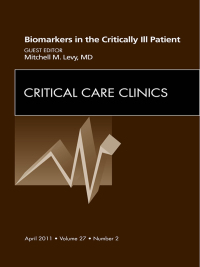This comprehensive yet brief overview of the adolescent human brain discusses how the brain develops during this critical period of life and how that development impacts decision-making and risk-taking behavior in the adolescent.
This originated as a white paper requested by the Canadian government for a specific group looking to understand adolescent brain development in the context of adolescent behavior. The paper was not made available to the Canadian government outside of the specific task force that requested it nor to the general public. The authors have since decided that having put so much effort into concisely summarizing research on adolescent brain development, it would be a useful addition to researchers in psychology generally. The original paper has since been updated and revised considerably.
Editorial Reviews
Review
“Aimed at healthcare practitioners, community workers, college students, and parents, this volume summarizes the research literature on the adolescent brain and implications for social and emotional behavior, with the goal of providing an accessible overview that links research to real-world issues and controversies in the field.”–Reference and Research Book News, December 2012
The past two decades have seen a surge of research findings on the adolescent brain. Adolescent Brain Development summarizes this literature, reviewing brain changes from childhood through adolescence and early adulthood. The changes occur at all levels: molecular, cellular, anatomical and functional. Evidence indicates the processes involved in the remodelling and shaping of brain structure and neural circuitry contribute to the behavioral changes that are often noted across cultures during the adolescent period (e.g., increased risk-taking behavior, novelty seeking, and increased affiliation with peers). The work concludes with take away points on the structural changes and malleability of the brain during this period and how that affects learning, judgment, decision-making, and behavior.
Michelle Jetha is a research associate of the Brock University Centre for Lifespan Development Research, works in the Cognitive and Affective Neuroscience Lab, and teaches at McMaster and Brock Universities. She completed her PhD in 2007, examining electrophysiological responses to social and affective stimuli in individuals with schizophrenia or autism. She has published extensively on these topics, a major review of adolescent EEG/ERP development, and most recently on how shyness influences early brain responses to emotional face stimuli. Jetha completed postdoctoral work at Pennsylvania State University which focused on the identification of trait factors that predispose children to disruptive behavioral disorders. She is currently conducting research with adolescents in collaboration with a Niagara regional mental health agency. Her focus is translational neuroscience involving developmental psychopathology.Sid Segalowitz has been a professor at Brock University since 1974, during which time he has taught in the Psychology Department and the Centre for Neuroscience and in 2007 became the founding Director of the Jack and Nora Walker Centre for Lifespan Development Research at that institution. He is also Director of the Cognitive and Affective Neuroscience Laboratory at Brock University and focuses his research on psychophysiological indicators of brain functions reflective of self-regulation of information and affective processing, especially as this relates to personality and development through childhood and adolescence. He has been Editor of the Elsevier journal Brain and Cognition since 2002.
Product Details
|










Reviews
There are no reviews yet.